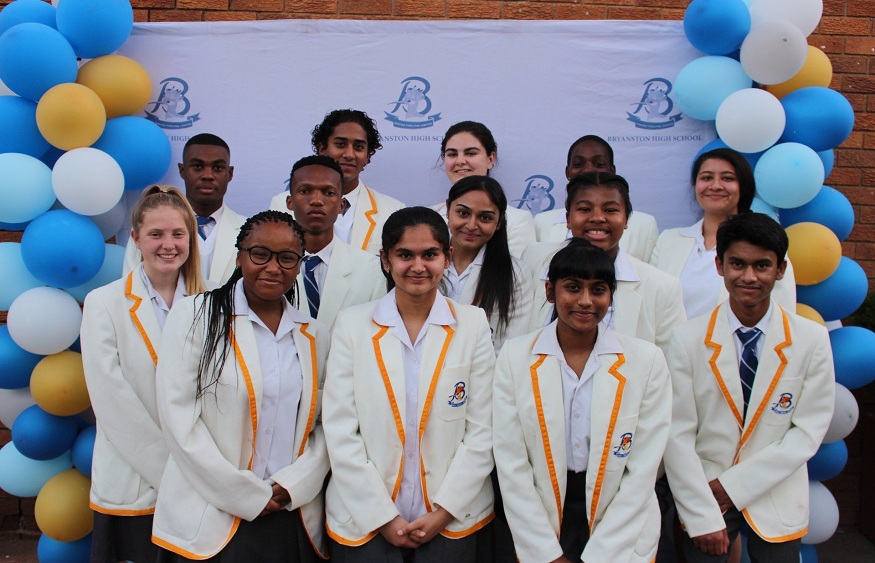The implementation of a plan to reinforce the learning of English and other modern languages throughout compulsory education was announced in December 2022. The objective is that, by 2025, at least 80% of pupils reach the required level in English at the end of the 3rd year (at least level A2). t is a question of level of requirement which is due to the whole of the pupils and which relates to the whole of the living languages .
Improving the general level of students in English is a major challenge, not only in terms of further studies and professional integration, but also in terms of mastering other languages.
Advance all students in foreign languages
Language learning must be reinforced and supported in primary school , in particular with the use of the Captain Kelly voice assistant , a digital resource that improves oral comprehension and the reinforcement of native speaker interventions in schools . 800 additional language assistants will be recruited in 2023.
Kindergarten
It is in kindergarten that pupils forge their first language skills .. It is also at this age that the way of pronouncing and articulating is fixed, and that children have the greatest facility in reproducing new sounds. During this period, the cultural, lexical and phonological references , which will serve as support for learning a living language, are naturally determined.
The teaching of language and culture of origin (Elco) has evolved towards a system inspired by the international sections existing in the first degree. From now on, the learning of these languages is offered within the framework of international teaching of foreign languages (Eile), optional and open to all the voluntary pupils of the schools offering them from the CE1 class., at the rate of 1 hour 30 minutes each week, in addition to the 24 hours per week. The skills acquired by the students will be systematically assessed. Teaching is provided by teachers made available by the partner countries and speaking perfect French. The attention paid to the quality of teaching is reinforced. If they wish, students have the opportunity to deepen their learning of these languages in college as part of modern language teaching under common law.
A diversified linguistic offer
The academic language cards have two objectives: to offer a diversified linguistic offer and to ensure the coherence and the readability of the linguistic paths of the pupils. The purpose of the language card is to promote the plurality of languages taught in the education system and the continuity of linguistic pathways from school to high school. The priority education networks (REP and REP+) have been a priority target for the development of a diversified linguistic offer in primary education and the establishment of assessment systems for continuity in middle school. A geolocation map of the colleges’ modern language offer is available on the Onisep website .
The school-college link
At the end of elementary school, pupils must have acquired level A1 of the CEFR, that is to say be able to communicate simply with an interlocutor who speaks clearly.
For better continuity of learning between elementary school and college, the teaching teams of the first and second degrees are required to work together on the achievements of level A1 before entering sixth grade .
An enriched offer in modern languages
In sixth grade, a second living foreign or regional language may be offered . This balance system can be established without obligation of continuity with the teaching of the languages offered in the school of origin. Efforts to develop continuity reports between school and college are intended to be continued. The teaching of the two languages in sixth form lasts up to 6 hours per week.
From sixth grade , colleges can offer teaching in regional languages and cultures for up to 2 hours per week.
From the fifth , teaching European languages and cultures, based on one of the modern foreign languages studied, can be offered up to 2 hours per week.
This test is a positioning tool developed by the ministry which allows:
to identify the achievements and the needs of the pupils vis-à-vis the objective of mastery of level A2 of the common European framework of reference for languages ( CEFR ) at the end of 3rd year;
to help teachers better target and organize their teaching.
The objective is to allow students to assess their level of English and teaching teams to have a learning monitoring tool. The different tests of the test make it possible to position students from level A1 to level B1+ of the CEFR in the reception language activities: oral comprehension and written comprehension.
Experimenting with the globalization of modern language timetables in colleges
The globalization of language timetables is an opportunity to consider in a new way the course of the student over the four years of schooling in college. It allows flexibility in the organization of school time that adapts to the different needs of students and their pace of learning . It also makes it possible to preserve and enrich the diversity of the languages taught.

